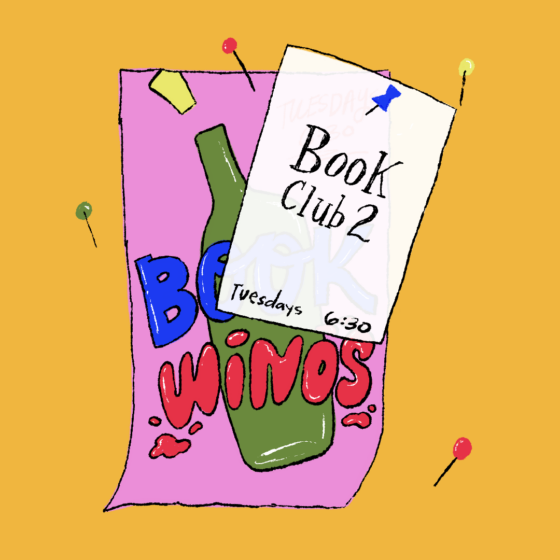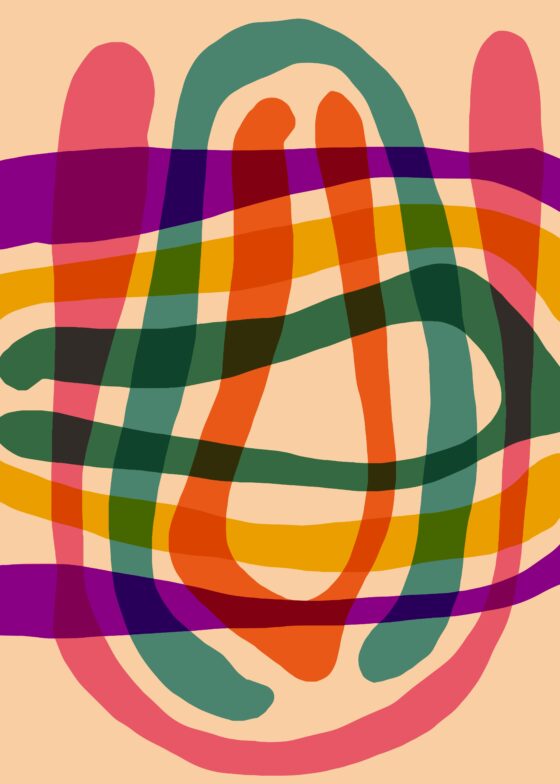I’ve been thinking about joy, I’ve been thinking about pain. It’s true that I’ve been thinking about joy for some time. Six years to be exact.
The year of my nervous breakdown, I read Bettina Aptheker’s Intimate Politics which led me to Audre Lorde’s The Uses of the Erotic. Audre Lorde’s essay has been my guide to life ever since.
This week I watched Brian McGinn’s short documentary The Record Breaker, which is about the man who has won the most Guinness World Records. He appears joyful throughout the documentary, and his father says, “He is the happiest person I know. Isn’t that what every parent wants?”
I’m rereading Amy Fusselman’s 8, which McSweeney’s is rereleasing. I’ve repeatedly read her meditations on joy in 8. She writes, “Joy is located in the body. But this is the trick: joy is outside also.” Amy Fussleman’s 8 is still The Last Book I Loved.
I like what Amy Fusselman does with space in her writing. As a writer, I think the white space is just as important as the words. Amy Fusselman writes about joy and space in How To Make Space Disappear.
I see now that Miranda July’s “The Hallway” illustrates a life devoid of joy and pain. A man was telling me this and I almost started crying. I’ve been particularly sensitive lately. I mean, I’m always sensitive but usually never cry. These days I’m sensitive and tearful.
I quoted Lynda Barry’s What It Is for my friend. I said, “The happy ending is hardly important, though we may be glad it’s there. The real joy is knowing if you felt trouble in the story, your kingdom isn’t dead.” Realizing there is trouble is the beginning of transformation and transformation can lead you to happiness.
I have an easy time differentiating between joy and pleasure. In Zadie Smith’s Joy, she writes about how she doesn’t find it easy at all.
I was going to share links that also had to do with pain but all I did was focus on joy. I’ll focus on pain next week. I’ll end with Do The Joy.




